There are three pivotal attractions in and around Munich that are well worth a visit. They are Dachau Concentration Camp Memorial, Nymphenburg Palace and Schloß Neuschwanstein (Neuschwanstein Castle). We had the privilege of visiting these three places in the span of two tiring days.
Dachau Concentration Camp Memorial
When we arrived at Dachau Station it was already raining, and the sky was dark and cloudy. The fact that we had a concentration camp to visit added to the sepulchre.

The clean and organised entrance was hardly the sight that greeted prisoners more than 70 years ago.
We waited for the tour guide at the ticket office before embarking on our cold, wet and windy journey through the camp site. The rain got heavier and heavier as the tour guide brought us around and even the hardy Americans were starting to huddle together for warmth. In the cold, we learned of the various methods in which Hitler had managed to deal with political dissidents, criminals, homosexuals, asocials, and most prominently, the Jews.
This was before World War II, and the Weimar Republic had collapsed onto Nazi ideology. One of its ideologies was for a ‘clean’ Germany, devoid of the above mentioned categories of people who would ‘dirty’ the social fabric that Hitler was trying to craft.
These camps were made known to the public, but the horrors that occurred inside were kept within its walls. There were only rumours of brutality and mistreatment, but the German public couldn’t have known more than that.
Once you stepped through the gates, you were greeted by a huge parade square, and it reminded me very much of my army camp back in Singapore. I know it’s a silly comparison, because, to be realistic, whatever we faced in army was nothing compared to the suffering of the prisoners. This square was used for roll calls, and they would stand for hours on end in neat rows as a form of punishment in any season from summer to winter. Just standing there on a chilly spring day wearing thick jackets made me shiver and fidget uncontrollably. You could only imagine the suffering they had gone through without any proper food or winter wear.
We were introduced to the registration process, where they shaved their heads and removed all their possessions and gave each of them a number to be identified by. Basically, they took away their identity. Again, I couldn’t help but feel that same feeling on my enlistment day. I know it’s silly to make comparisons, but the same discomfort I felt about losing everything that made me unique must have been magnified indefinitely for these prisoners.
There were various torture methods. The basic punishment was 25 whiplashes on the back and buttocks. The prisoner was forced to count every lash, and if he lost count or murmured, the count would start from scratch. That was just one of the many inhumane punishments that were explained to us.
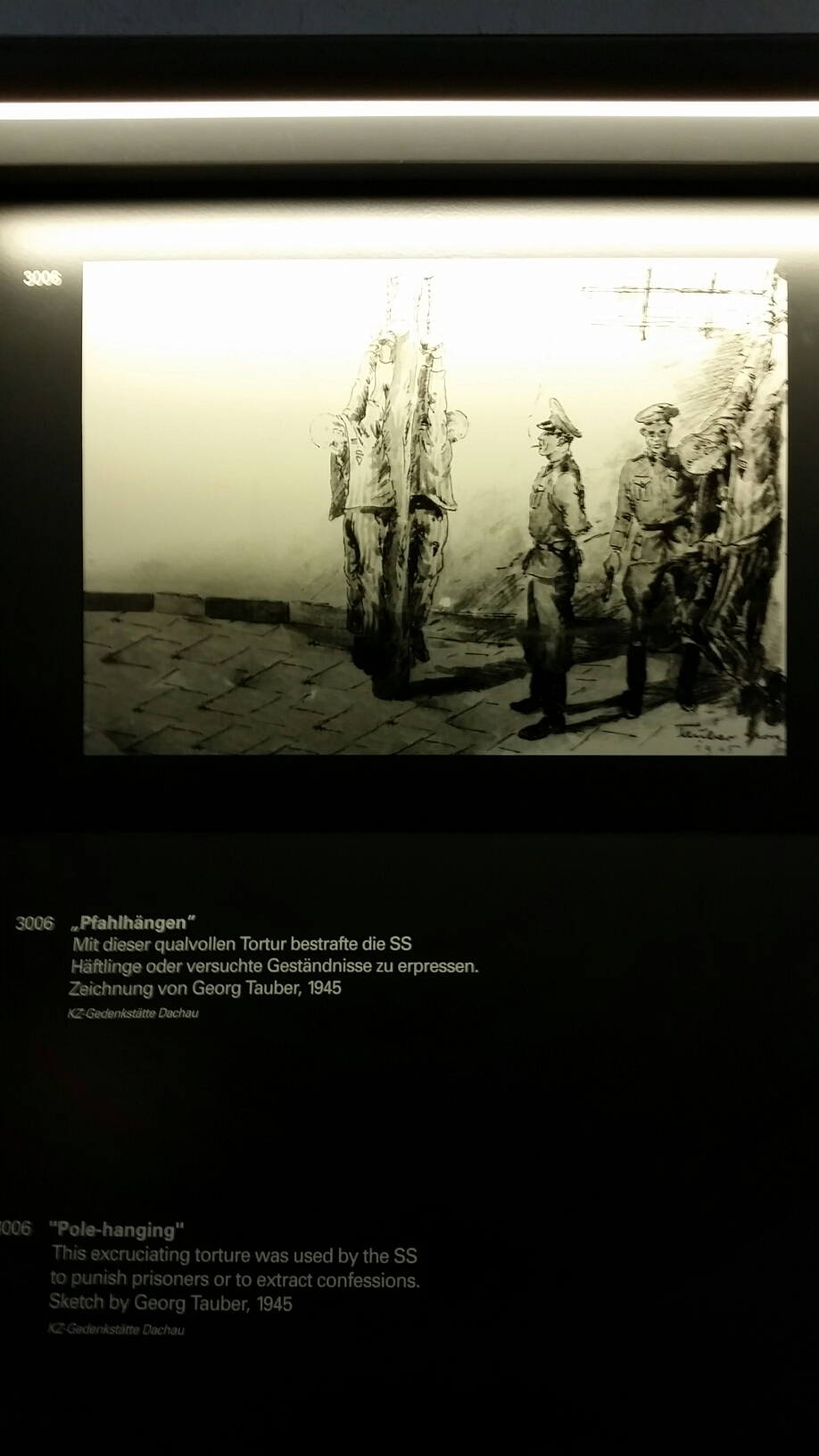
Illustration of one of the various torture methods; this one so painful it could dislocate the prisoner’s shoulder in minutes.
There was an electric fence around the camp, and at times, some prisoners would run to the fence in a desperate bid to either escape or kill himself. Those that made it to the fence would be electrocuted by it, those that didn’t would have been shot down by SS (Security Squad) guards strategically placed on watchtowers. They would make sure they only shot the prisoner in the legs so that he wouldn’t be fatally wounded. The guards would then proceed to drag the prisoner to the main building where he would be slowly and methodically tortured to death. Even the choice to die wasn’t granted to them so easily.
Such was the cruelty of the SS that your mind fails to comprehend how such suffering could be rationally inflicted on these individuals. They were once ordinary men and women with ordinary lives. There are a few memorial plaques and statues commemorating the suffering that had taken place. One stated “To remember the dead, and to warn the living.” while another one warned us, or just humanity in general: “Never again.”
These monuments were put up by survivors and their words meant so much to me. However I guess that deep down they must have known, that no amount of words could ever help them find the people they once were. Having us appreciate their loss was just an attempt to make sense of a moment when humanity perished. It is an attempt to find themselves again.
Nymphenburg Palace
This palace is also known as “Castle of the Nymph”, a Baroque Palace that was the primary summer residence of the past rulers of the Bavarian Kingdom. They were all from the House of Wittelsbach. If you don’t know what all that means, don’t worry, for I have no clue either. All I know is, the interior of the palace was generously decorated and the swans at the entrance pond were huge.
Construction for this palace started in 1664, a cool 340 years ago. It was designed by an Italian architect and was systematically expanded by various kings and emperors in 1701, 1716, 1795 and 1826. The façade of the palace stretches for 700 meters, while the garden around it spans about 200 hectares, which I take to mean really huge because the park seemed to stretch on forever, flowing away from the main palace.
Enough of the fun facts, and into the palace! Once inside we were greeted by the majestic central pavilion, which had insanely detailed wall paintings and ceiling murals depicting various war scenes featuring Roman Gods. Walking deeper into the compound, there were lavish bedrooms with furniture and accessories like mirrors and lamps that were centuries old. Every room had huge paintings hanging on the walls, and every room had mirrors so you could take a mid-tour mirror shot as and when you liked.
The royal family had every little need satisfied, from miniature hand made furniture for the children to Egyptian and Chinese furniture and ornaments that were either gifts, or items procured from their travels. The common man had no place in such a residence.
One room had this strange installment called The Great Gallery of Beauties. Max Emanuel, one of the Bavarian heirs, probably got a little bored one day and decided that he needed to find the definition of beauty. He chose 36 women from various social backgrounds, from princesses to even a cobbler’s daughter. He had portraits of them painted and hung up on the walls of this gallery, 36 self-portraits of beautiful women of his time. His rationale for all this seemed to stem from the idea that beauty was the outward sign of moral perfection. I found this highly disturbing, and very untrue. But shoving all moral insinuations aside, one thing is for certain: this man had decent taste in women.
Once we were done with the interior, the outside was no less spectacular. The ponds surrounding the palace were filled with swans, ducks and other strange birds. They would walk up to you for food and will even pose for a quick selfie if you’re lucky. You could see the palace from afar, a majestic sight springing out from the pond. The weather that day was cold and rainy, but as we stepped out of the palace the sun started peeking through the clouds. It was a good conclusion to our visit.
Neuschwanstein and Hohenschwangau Castles
On a fine sunny day, we visited Germany’s most popular tourist destination, at the village of Hohenschwangau, where two majestic castles overlooked the crisp wintry landscape. We arrived to a land covered in snow, from the trees to the roads. The entire village had just awoken, but it was swarming with tourists getting a ticket into the attractions.
We walked around waiting for our tours to start, and were greeted by a beautiful lakeside view. The waters were clear and ice clung to the trees that surrounded the lake, with the Bavarian Alps overlooking it all. This was just an introduction to the scenery that awaited.
We went first into Hohenschwangau Castle, the childhood residence of King Ludwig II, but was built by his father, Maximillian II of Bavaria. This was a majestic fortress, but the less scenic of the two castles, for it is situated at a lower altitude. Construction began in 1833, and most of it was built finish in 4 years, which was incredibly quick for its time. We were not allowed to take pictures in the castle, but it didn’t detract from the experience; it was bright and grand in the castle, with the same combination of wall paintings, handmade furniture, handmade gifts to the king and queen made from gold, silver, gems and ivory. If you knocked over and shattered any of the exhibits you were probably not going home anytime soon. Our tour guide was a young and unbelievably attractive German lady who spoke fluent English, and she explained to us the origins and purposes of each of the rooms and items, much to the delight of the crowd.
We had a quick lunch at the café before heading up to Neuschwanstein Castle. This was the main attraction here, the castle being propped up on the side of a rugged hill. There were two paths up to the castle, and being adventurous we chose the tougher one where snow had covered much of the road. We soon realized that our shoes were not exactly snow-worthy and so struggled up that crazy uphill path. My hardy Doc Martens fared slightly better than Jaspers smooth-soled Puma which saw him basically slipping all the way uphill and having to dodge every single bit of frozen ground. We struggled like this, all the way up through beautiful wintry landscape that had us enveloped in a world so different than what we could ever hope for back home.
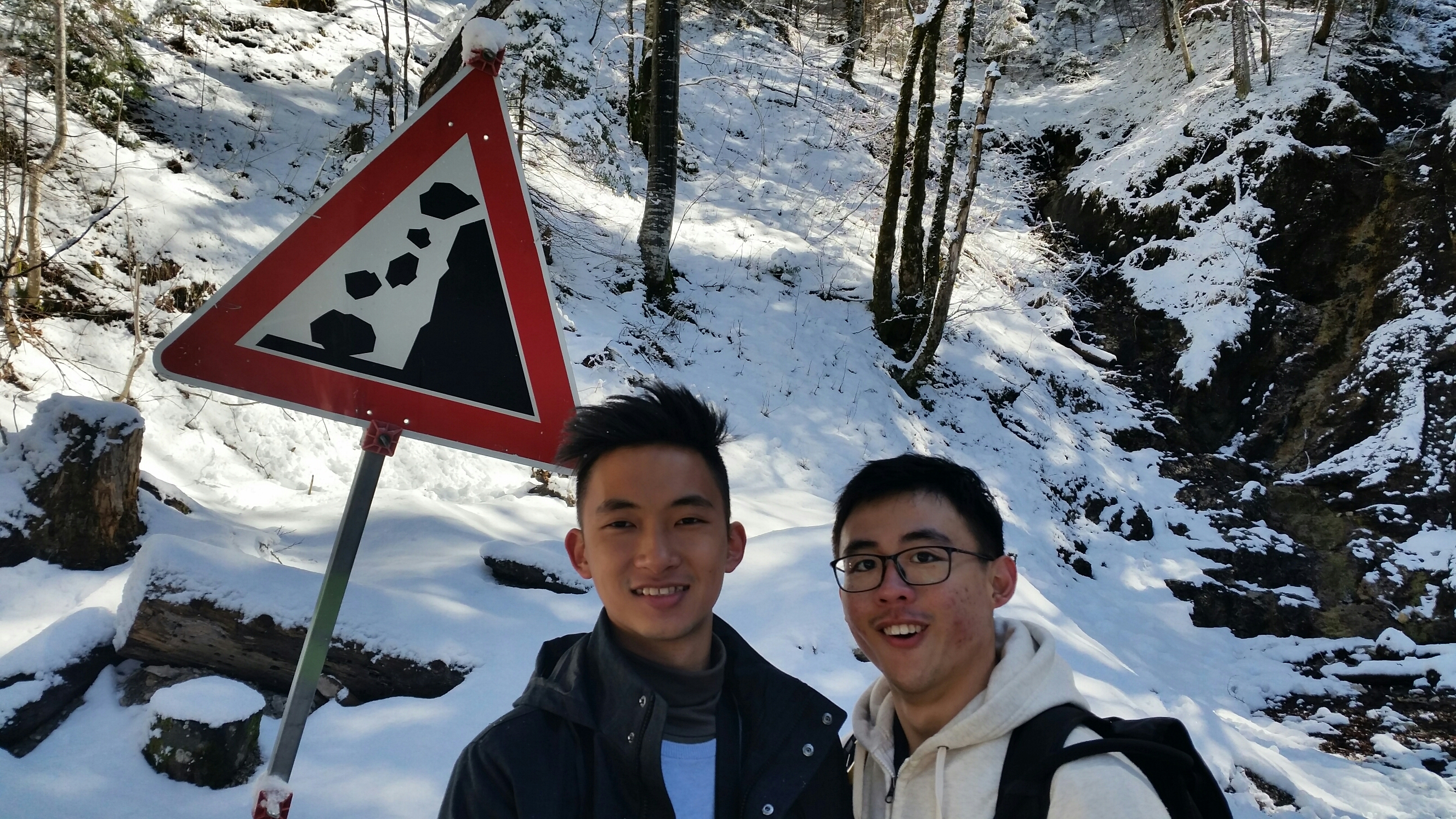
Too young to care about the dangers during our alpine expedition. Ok fine, it was just a 20 minute walk.
As we reached the castle, its impressive façade greeted us. Neuschwanstein castle was the inspiration for Disney’s Snow White’s Castle, after all, and it is no surprise. The walls of the compound were white and dreamy, the huge fortress almost melting into the Bavarian landscape. Once inside, we had a creepy looking male tour guide that reminded my of Ted Bundy, the notorious serial killer. It didn’t compromise our experience though, the interior of this castle was as grandiose as its exterior, if not more so. The rooms were dim and classy, with the usual combination of paintings, chandeliers and carpets. We entered the Throne hall, which was furnished in gold and had paintings of Saints on the walls and Jesus Christ on the ceiling with the largest chandelier I’ve ever seen in my life hanging above us. It had random gems and was supposed to resemble the crown of the Byzantine emperors. There was even a hall inside for events and a very fancy stage with sweeping views of the Alps and township below.
To conclude our adventure, we hiked about the Alps to find a good vantage point to view the castle. It wasn’t easy with all the snow but by mid-day most of the ice had already melted. Along with some other gung ho tourists, we climbed in very dangerous and cold conditions up to a neighbouring peak and took some of the most breathtaking and magnificent photos of the entire trip.

At one point we just sat there and stared at the castle, the lone human structure amongst the sprawling wilderness of the Alps. It made us feel so small, yet so complete all at the same time. There is a reason, after all, why this is Germany’s number one tourist attraction.



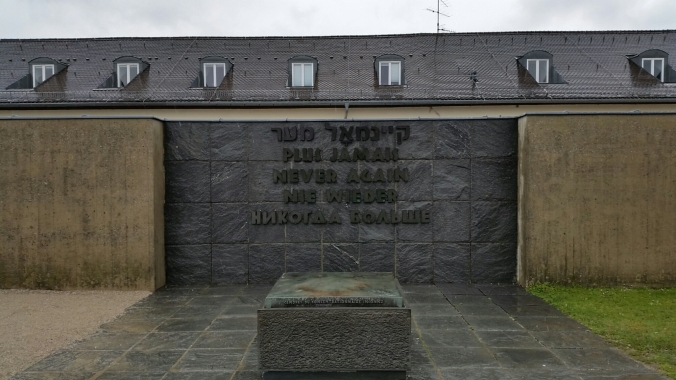

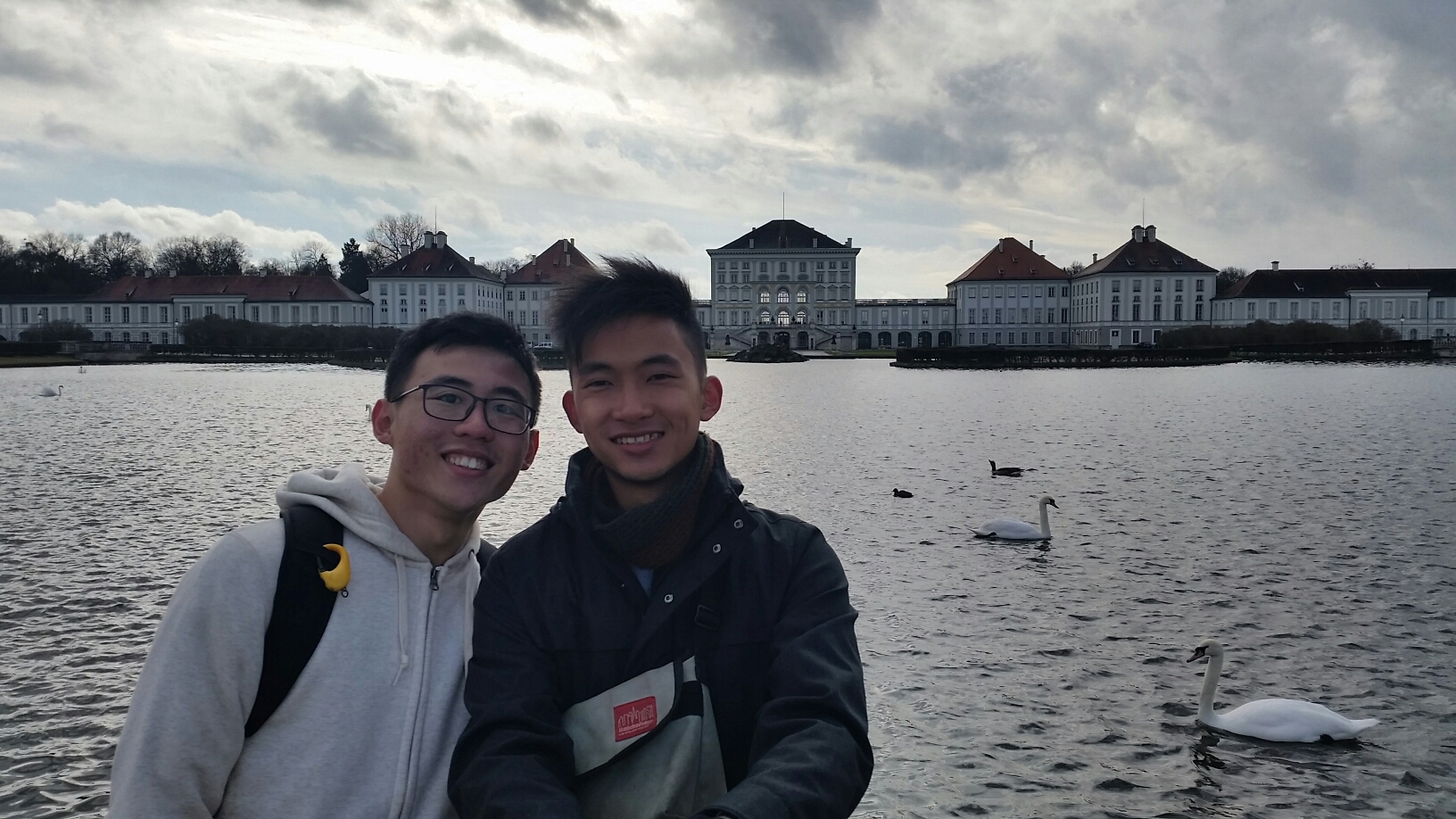




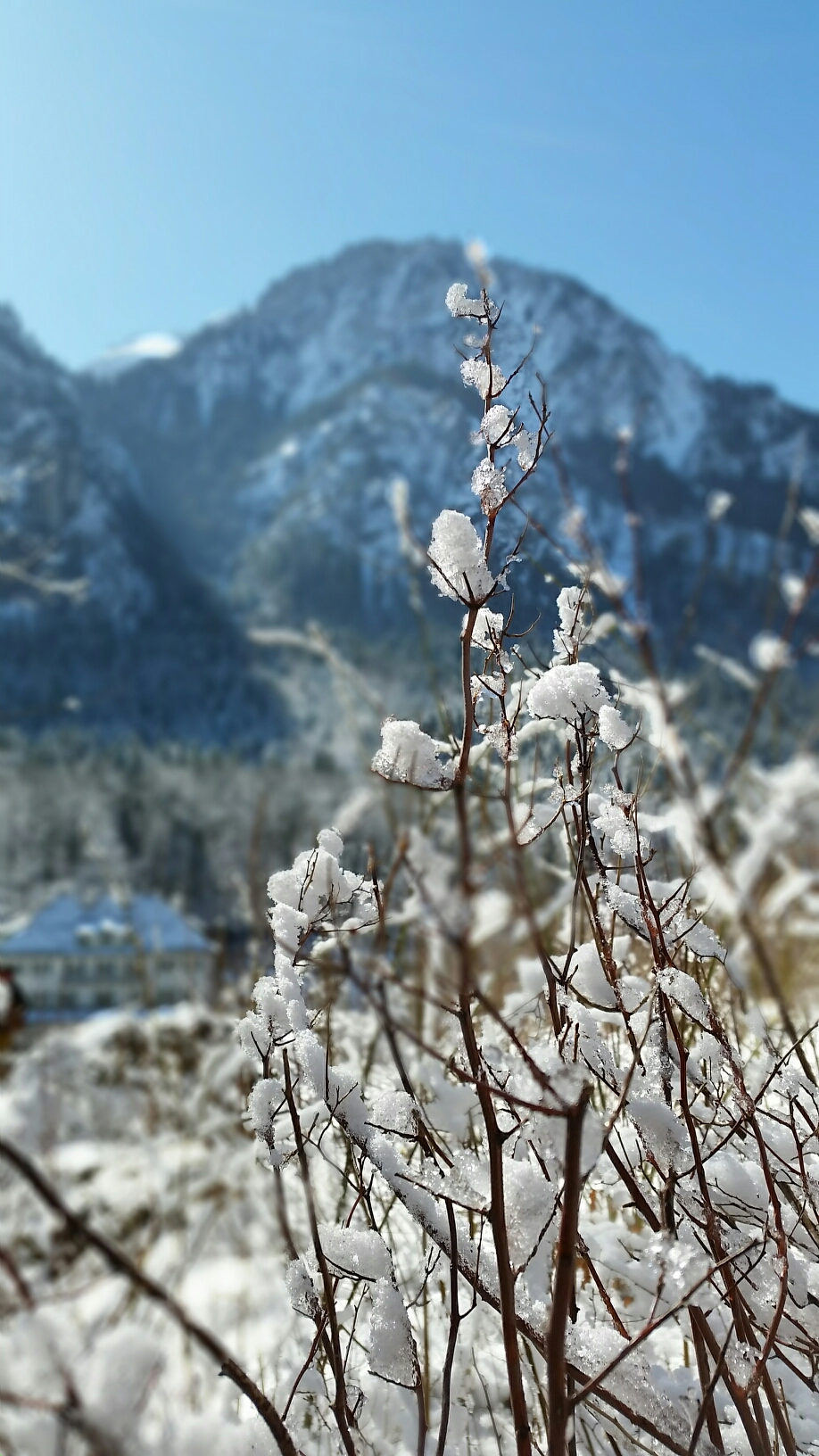

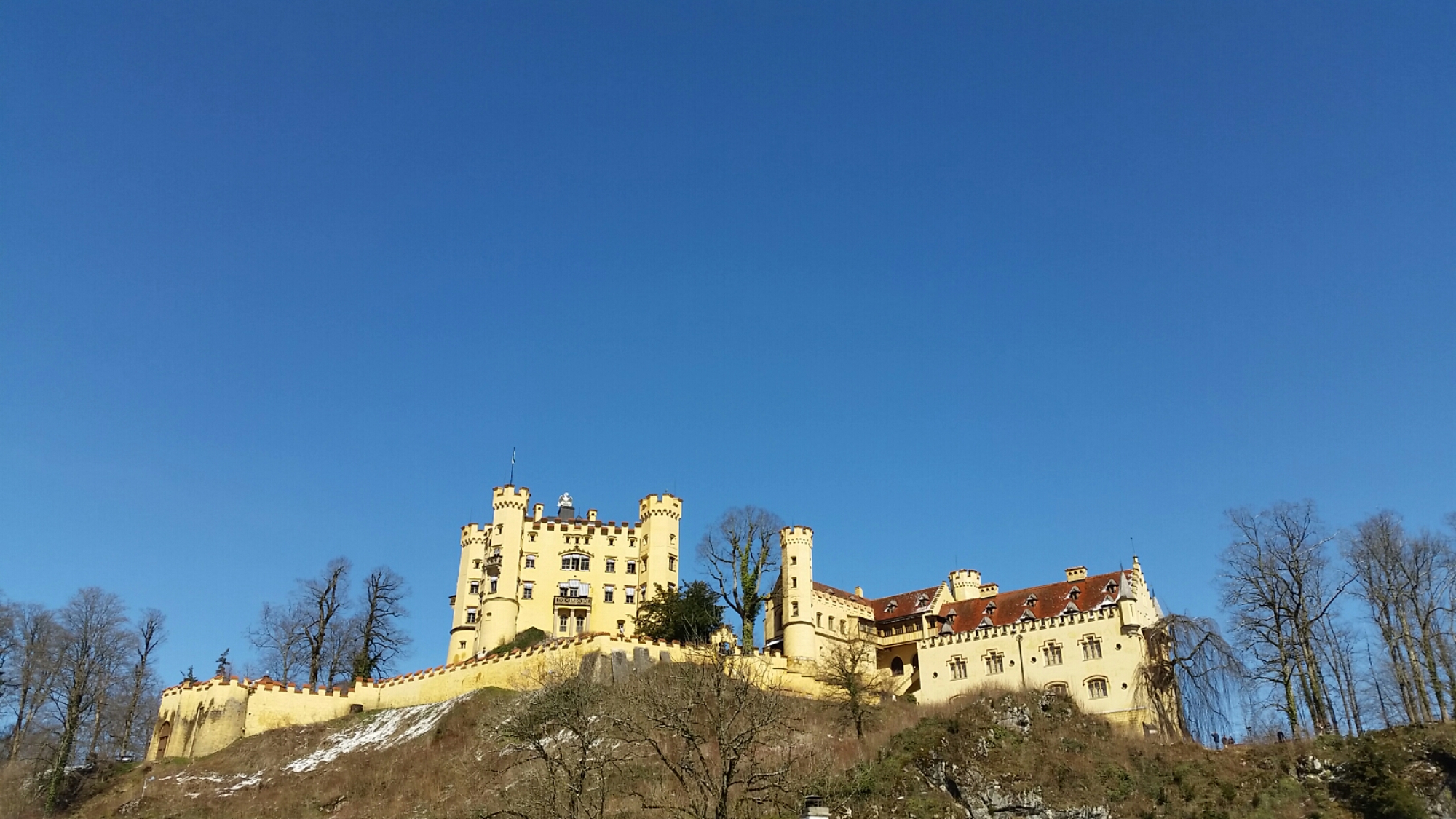

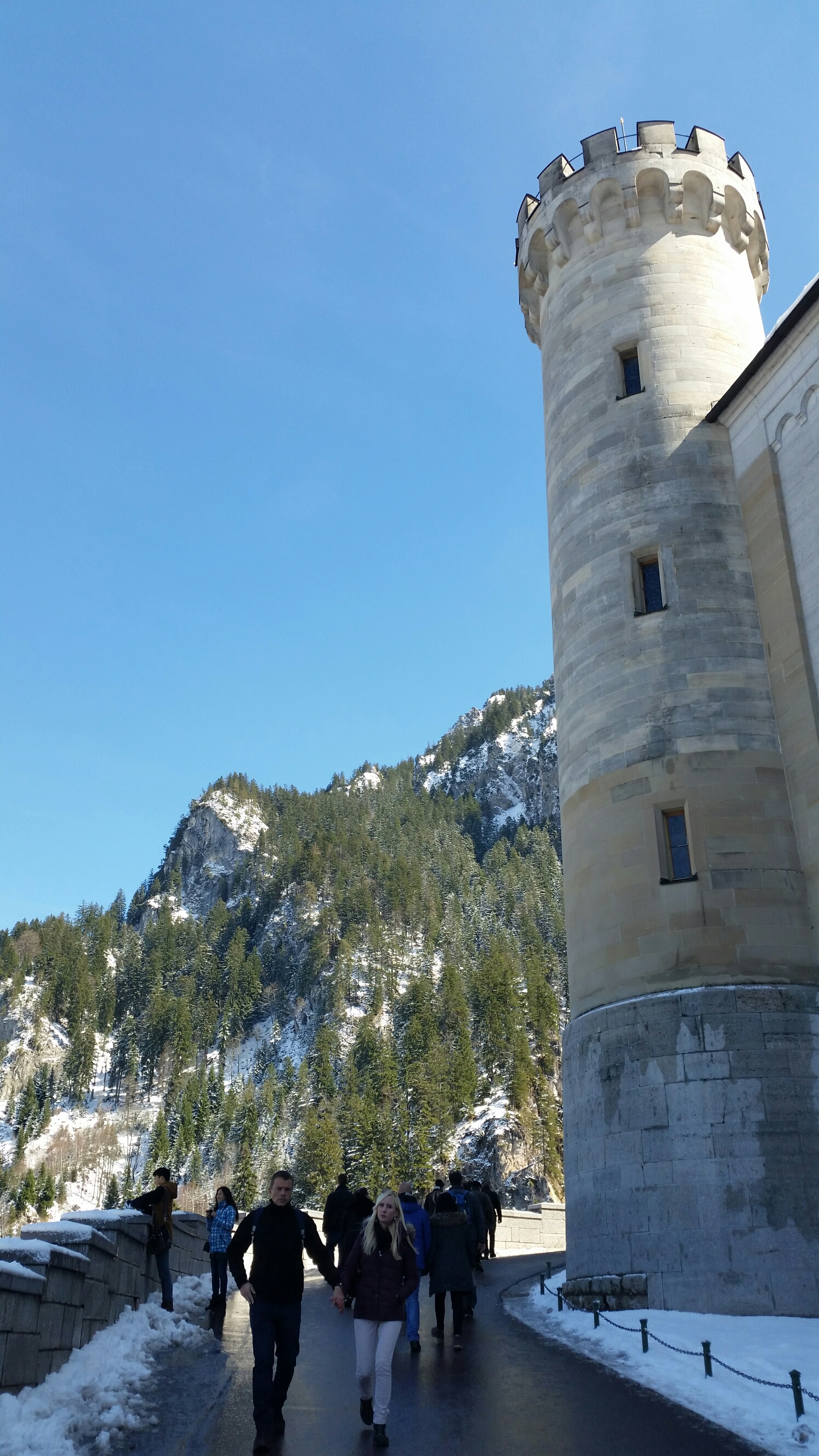
Pingback: Taroko National Park: Mountain Sound | The Shallow Traveller
Pingback: Krakow, Part III: Into the Depths, out to the Light | The Shallow Traveller